
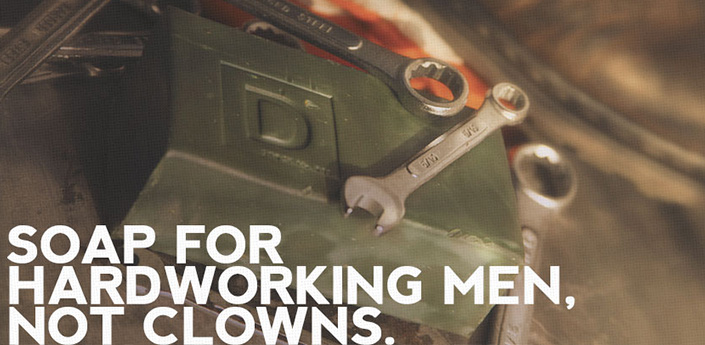
My team does a lot of brand development, both for startups and for Fortune 500 clients. In the process, we’ve developed lots of tools and frameworks and processes for creating good work.
You’ve probably heard terms like brand essence, brand platform, positioning statements and the like. Those traditional processes, coupled with our own, are really helpful in jump-starting and guiding a brand project.
But as it turns out, almost all are completely irrelevant for early-stage startups. That’s because before you’ve arrived at product-market fit, your name and brand design matter little, if it all.
As you’re approaching product-market fit, brand does begin to matter. But the tools brand professionals often feel too ambiguous early on.
So what’ a founder to do?
The power of personality
That’s why I love the idea of uncovering your brand personality. It’s simple and bite-sized. And you can start working on it right now, no matter where you are on the growth curve.
Unlike brand essence and platforms, personality is something we innately understand. We already say things like, “That was the longest coffee date every. The dude had no personality,” and “She’s super inspiring with a magnetic personality.”
We get it. And what’s great is that innate understanding translates into brands as well.
Personality is something intrinsic that’s manifested in things like personal style, communication style, food and drink choices, and other lifestyle and social considerations. And the same is true for brands. Those external choices point to something deeper about what your brand believes about the world.
And the great news is that you can begin developing your brand personality today, starting with three simple questions.
1. What would your brand order in a bar?
First, ask what your brand would order at a bar. This exercise is great because it’s quick, relatable, and an answer almost immediately comes to mind.
For soap brand Duke Cannon, I’d say a classic American whiskey. Not bottom shelf, but no small-batch, hand-crafted crap.
For Warby Parker, a gin martini up seems about right.
Dollar Shave Club, a local craft beer (that Duke Cannon would probably roll its eyes at).
You can do the same thing with food. If your brand was eating its last meal tonight, what would it order?
Pizza? Surf n’Turf? Veggie burgers?
2. How does your brand walk and talk?
Next, try personifying your brand a little more. Picture your brand as a person in your head. Does he have a beard? Glasses? Is she wearing a sundress? Or a pantsuit? Hair up or down? What do they look like when they walk?
Whatever your brand eats, drinks, or looks like in your head, it’s less about the actual choice and getting it perfect, and more about the social connotations that come along with these things. Images crop up in all of our heads at the mention of tiniest personality detail — like a drink at a bar.
A woman eating a bone-in ribeye with whiskey versus a women eating a mixed green salad with Chardonnay, for instance. You start to know that person, even if just a little.
3. What does your brand believe about the world?
Finally, try to give your brand some strong opinions. About the world, about current events, about other products. Strong opinions are generally the clearest opinions. And when you’re clear about what you believe, people will understand your personality faster.
And don’t be afraid to be polarizing. Strong opinions are inherently controversial. They’re also the most convincing. And the people your brand might alienate wouldn’t be your customers anyway.
Take this example from the Duke Cannon FAQ page:
WILL USING DUKE CANNON SOAP GET ME LAID?
SON, YOU HAVE US CONFUSED WITH A POPULAR BRAND OF SHOWER GELS. THEIR “EFFECT” PROMISES GREATER ATTENTION FROM “EAGER AND ATTRACTIVE YOUNG FEMALES.” AND IF YOU BELIEVE THAT LOAD OF BS, YOU ARE A COMPLETE D-BAG. PLEASE LEAVE OUR SITE NOW. OUR SOAP GETS YOU CLEAN, NOT LAID. YOU SHOULD BE ABLE TO TAKE CARE OF THAT YOURSELF.
Strong opinions don’t necessarily have to be direct shots at other brand, however. Harlan Estate is a super high-end, super exclusive California winery. Before you get the privilege of buying a bottle, not even a case, you have to get on their mailing list.
Their wines are listed at price points like $700 and $800 on the secondary market. Their brand believes something about wine and the world. So much so that H. William Harlan penned a 6 page “letter from the proprietor” that gives background on the family, the land, and the winery. And he closes with this statement:
“Yet we have only just begun to understand this land sufficiently to bring it into its current form. And I feel that is as it should be, for fine wines evolve over decades, and wine-growing estates, families, and communities across generations.”
Knowing your brand
As you being to explore these exercises, you’ll quickly see how a brand with a strong personality is so much more interesting and meaningful than one without.
The Duke Cannon website could say “the easiest way to get clean” or “the biggest bars of soap online.” Harlan estate could say “the best wine money can buy.”
Those are the easy, obvious positions. The “what” to say without thought about “how” to say it.
But we know there’s more to the story. Through fleshing out the personality behind the voice, we feel like we know these brands. When Duke Cannon gives you the finger, you chuckle.
When Harlan Estate says something like “Winemakers believe that the land speaks to them of possibilities. A winemaker’s goal is to express those possibilities, to capture the best of what the land has to offer,” you actually nod your head and say, “Yeah, express them.”
That’s because in addition to feeling like you know the brand through its personality, it also feels authentic. After spending some time with the Duke Cannon brand, there’s a high degree of consistency in terms of design, copy, and overall user experience. In fact, when you make a purchase, your confirmation email comes from intern1@dukecannon.com.
Harlan Estate, at the other end of the design spectrum, reinforces its personality with minimal design, rich black and white photography, and nearly a dozen multipage PDFs about everything from the vintages to the land to the opinions of the founders.
Authenticity emerges when your voice matches your beliefs. When the design and copy and experience work in harmony to communicate the truth about your brand personality.
So what does your brand believe about the world? The most interesting brand personalities emerge when you identify the tension between what is and what could be. What should be.
What is that point of tension that brought your brand into existence? Start there, and build outward.
Move from a Product to a Brand
Developing your personality will help your grow from a product to a brand. A product is easily copied; a brand is unique. A product is easily ripped off; a brand is an individual. A produce is a thing; a brand is a personality.
In our world, products are increasingly cheap and easy to test and launch. In a world of ever-expanding competition from incumbents and other startups alike. There are dozens of similar startups playing in the same space.
So how will you succeed?
First, you’ll build an incredible solution to a big problem. But then, to push even further ahead, you craft a compelling brand personality that energizes and inspire your audience.
A great personality keeps speaking even when you’re no longer talking. A great personality inspires people to talk about you when you’re not around. In my case, that meant a dude suggesting a dude buy soap as a gift to another dude! That’s powerful.
So what are you saying?
Patrick Woods is a hybrid ad man/startup guy. As director of a>m ventures, he connects startups with awesome branding, PR, and marketing strategy.
This post originally appeared on the author’s blog.




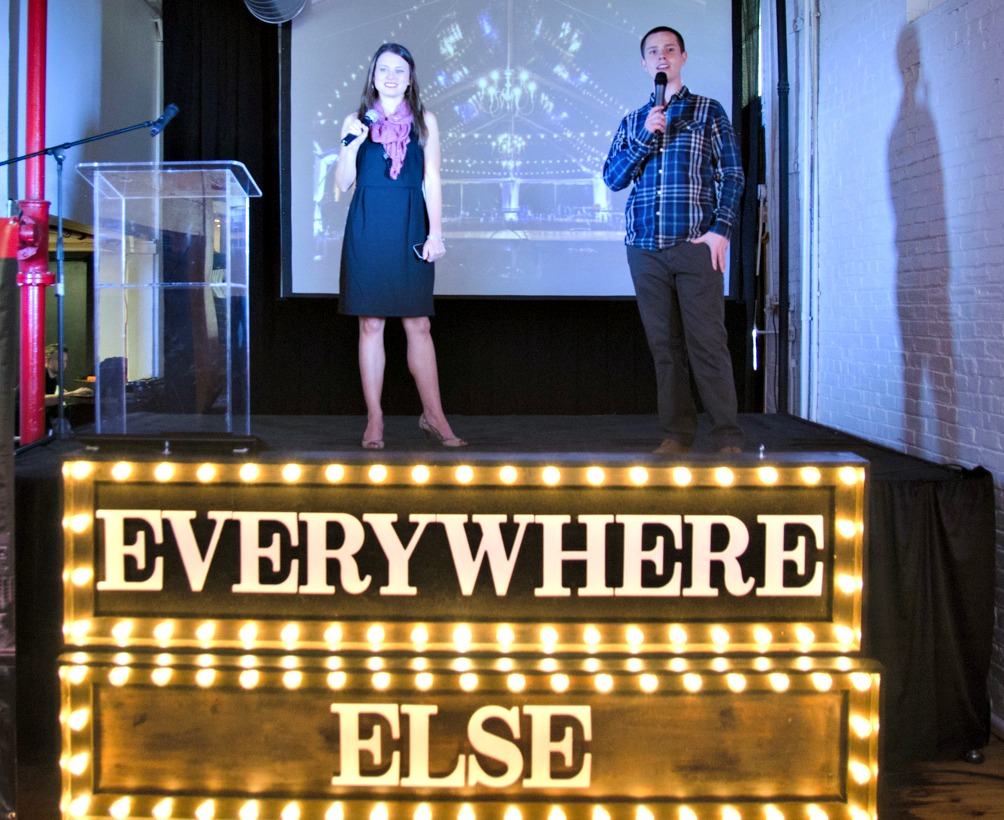
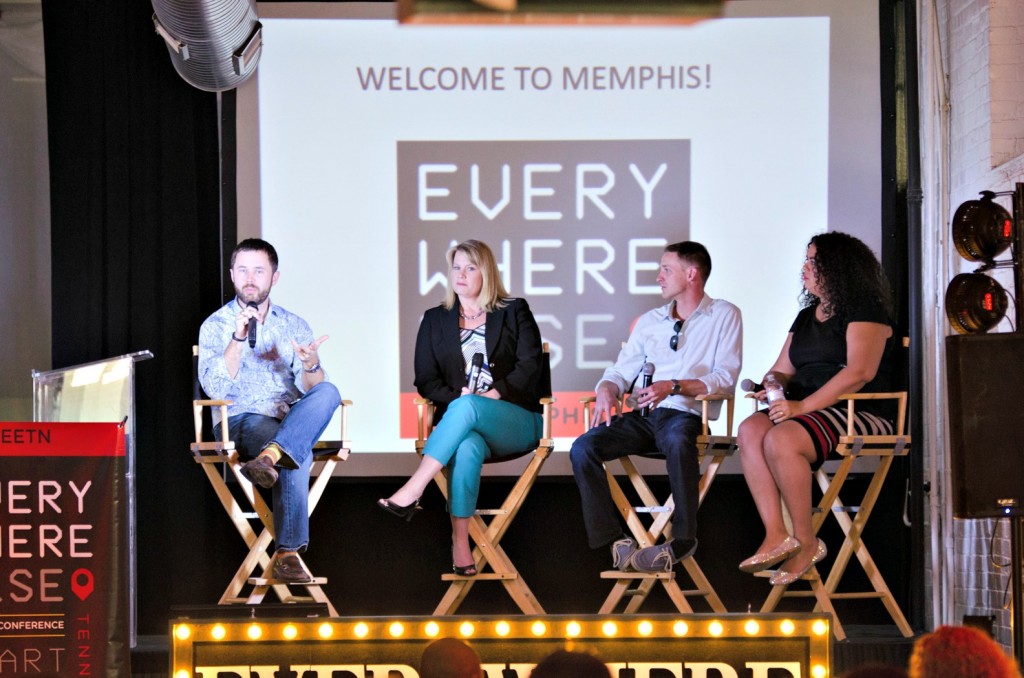
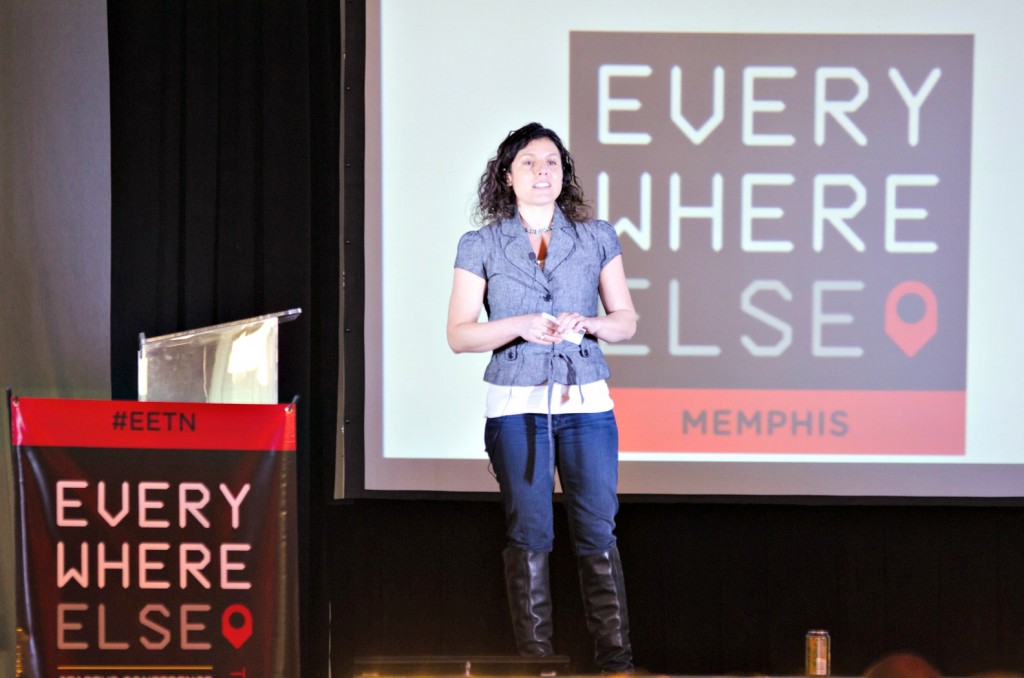

 Simple telecommunication networks have been around since the invention of TV
Simple telecommunication networks have been around since the invention of TV 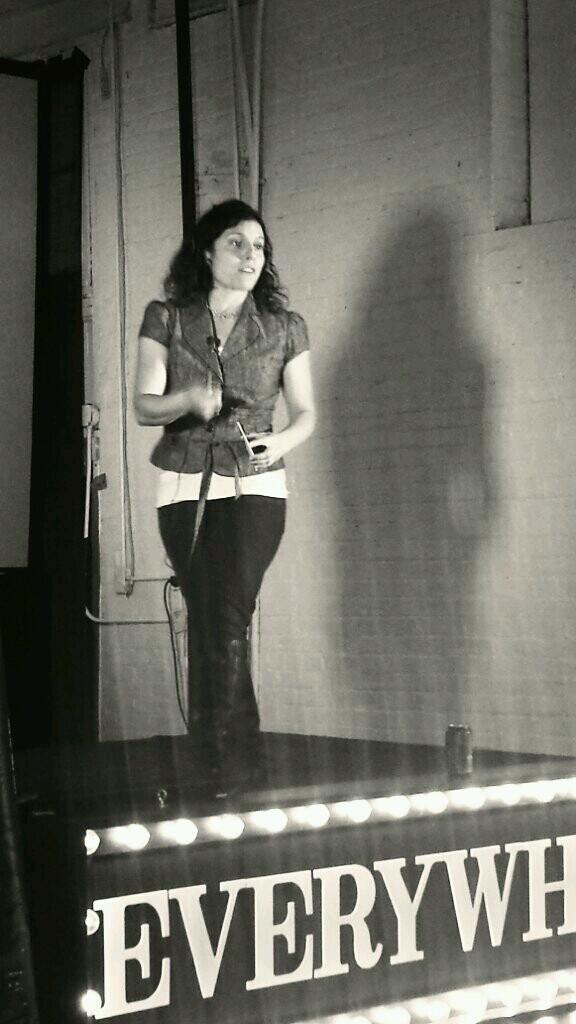


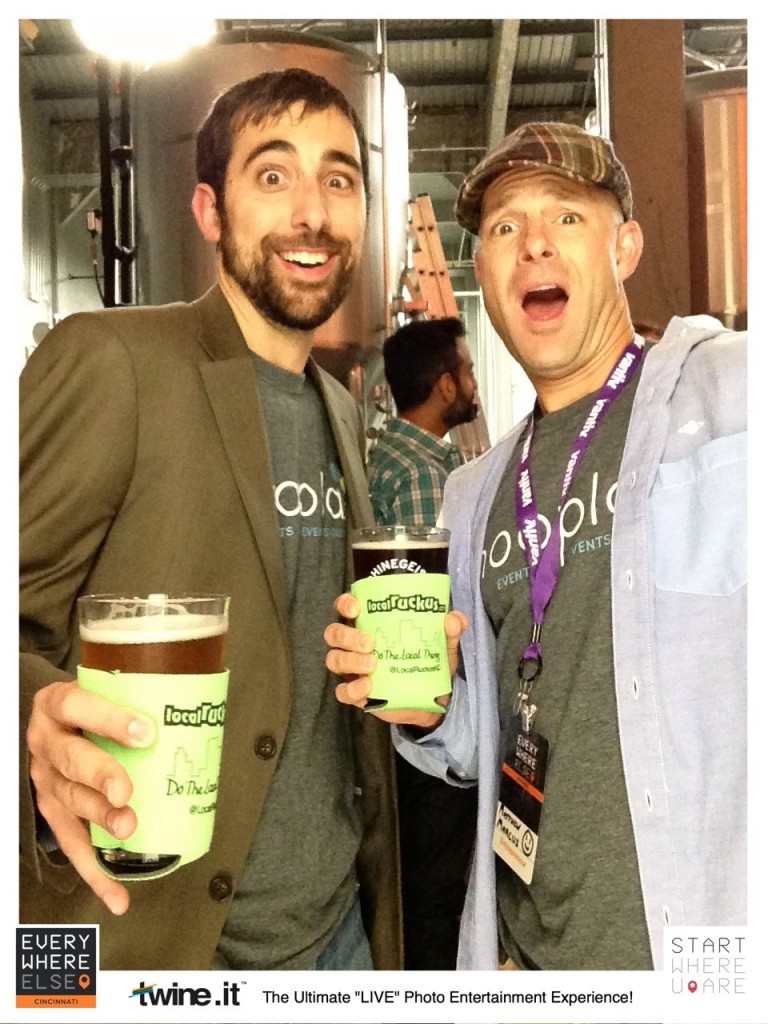
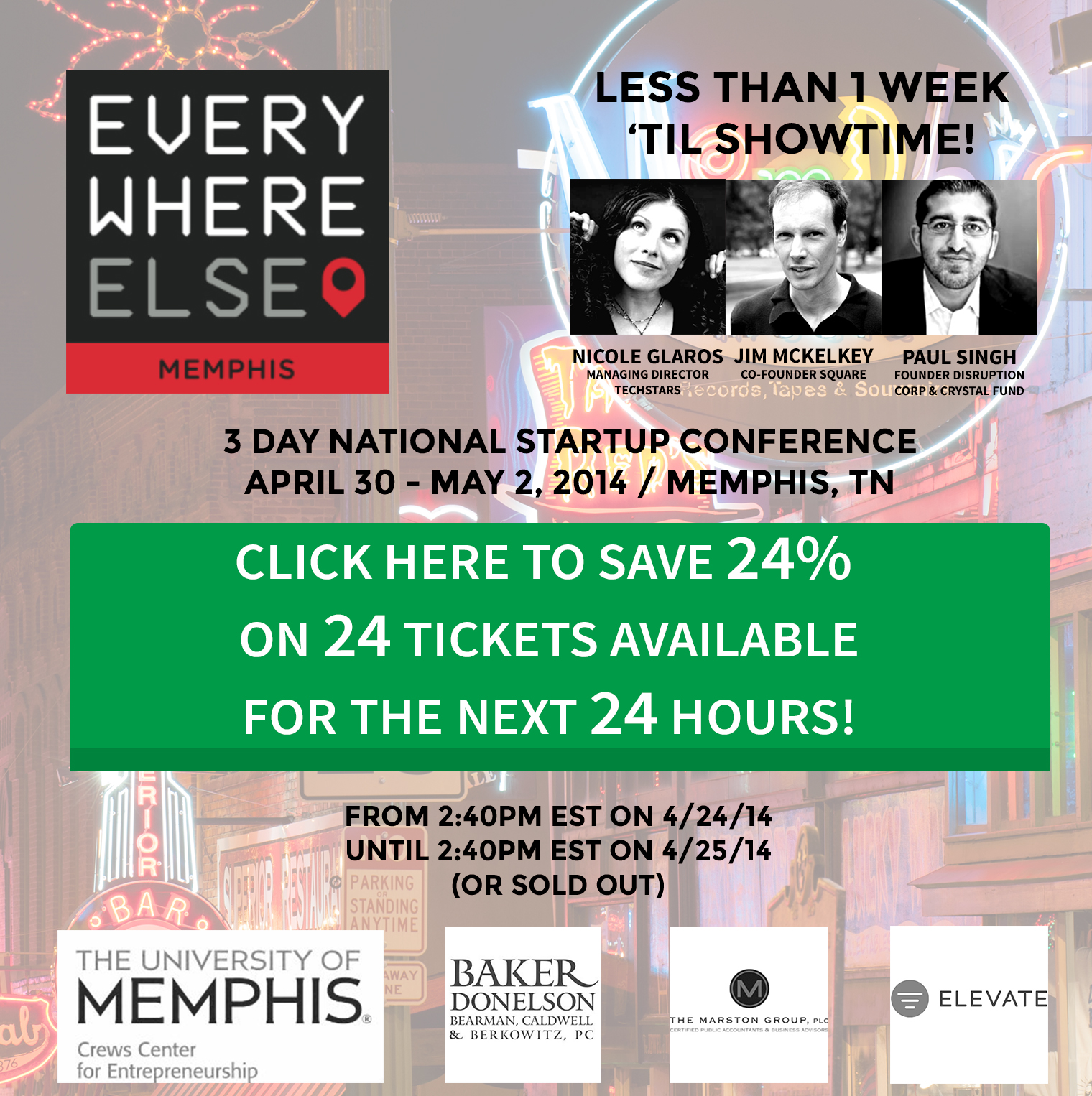
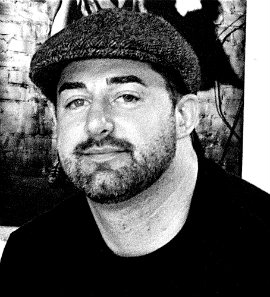 Danny Boice is the Co-Founder & President of
Danny Boice is the Co-Founder & President of  Steve has more than 25 years’ experience as an executive, inventor, investor, software developer, and technologist in the computer industry. On top of being the author of several award-winning programs, he is also the managing partner of the startup fund RadWeb Technology Partners, investor member of New World Angels, board member of the Miami Innovation Fund, and sits on the board of the Silicon Valley-based non-profit International Data Portability organization. He is also a member of the OpenAjax Alliance and the OpenWeb Foundation and frequently speaks on topics related to startups, crowd-funding, financing, advanced technology, Web 2.0, open source, data portability, and the real-time web. He also rode, and made the first investment in, the very first
Steve has more than 25 years’ experience as an executive, inventor, investor, software developer, and technologist in the computer industry. On top of being the author of several award-winning programs, he is also the managing partner of the startup fund RadWeb Technology Partners, investor member of New World Angels, board member of the Miami Innovation Fund, and sits on the board of the Silicon Valley-based non-profit International Data Portability organization. He is also a member of the OpenAjax Alliance and the OpenWeb Foundation and frequently speaks on topics related to startups, crowd-funding, financing, advanced technology, Web 2.0, open source, data portability, and the real-time web. He also rode, and made the first investment in, the very first 

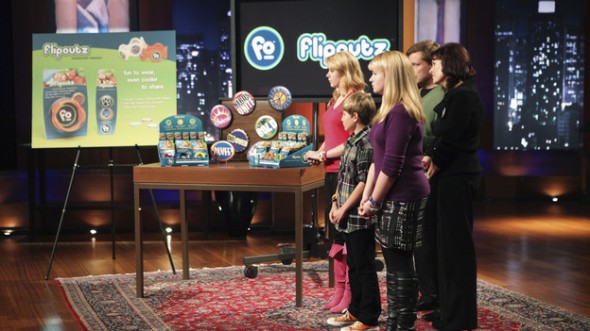
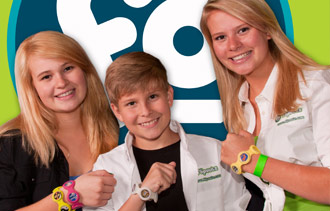
 Have you been watching all the coverage of the upcoming Everywhere Else Tennessee?
Have you been watching all the coverage of the upcoming Everywhere Else Tennessee?
